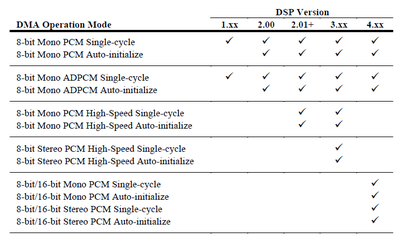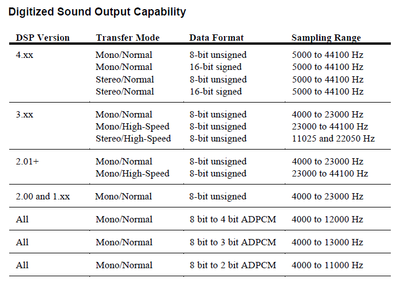First post, by squareguy
- Rank
- Oldbie
I will probably go insane try to create the perfect "Time Machine" because it isn't doable but I keep trying.
It will emulate a 386/486/586 and full speed K6-III+ 450
I will definitely use a modified (James-F) Yamaha YMF719 ISA card for DOS. I will use it for SB Pro, FM, synth, wavetable header and probably with SoftMPU and external devices in the future with a computer running Munt and BassMIDI.
I will use a Vortex 2 or a Turtle Beach Santa Cruz as a Windows 98 sound card. Especially for early Windows games with A3D.
Now... I am seriously thinking about installing a Sound Blaster 16 to handle 16-bit sound in DOS if I want and for compatibility for games that might make use of 8-bit to 3/2-bit ADPCM. I have two CT2770's around but I am thinking a PNP might be better in this case. I can choose to initialize the cards or not at boot time. ???
Thoughts, ideas, experience?
Gateway 2000 Case and 200-Watt PSU
Intel SE440BX-2 Motherboard
Intel Pentium III 450 CPU
Micron 384MB SDRAM (3x128)
Compaq Voodoo3 3500 TV Graphics Card
Turtle Beach Santa Cruz Sound Card
Western Digital 7200-RPM, 8MB-Cache, 160GB Hard Drive
Windows 98 SE

